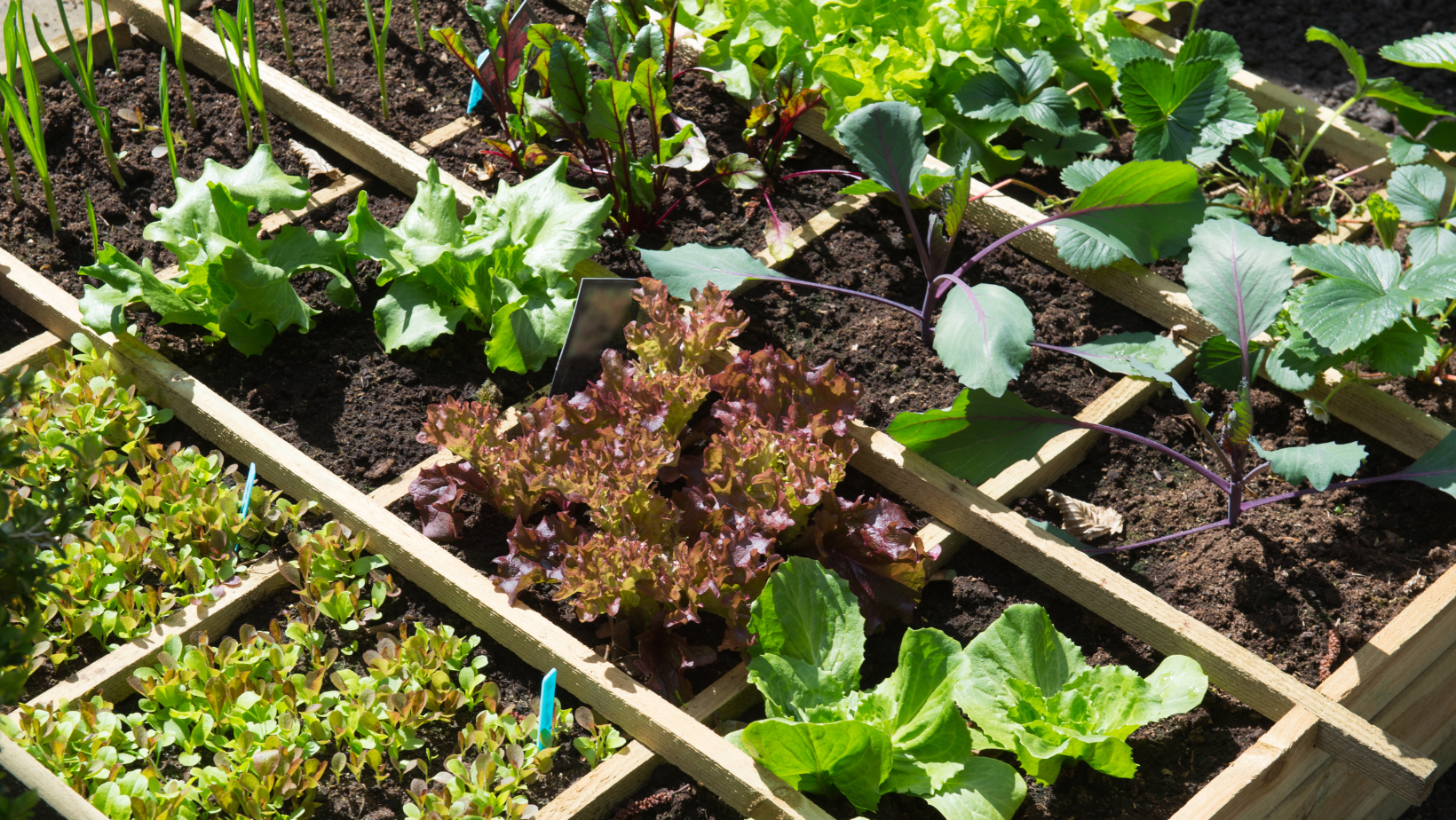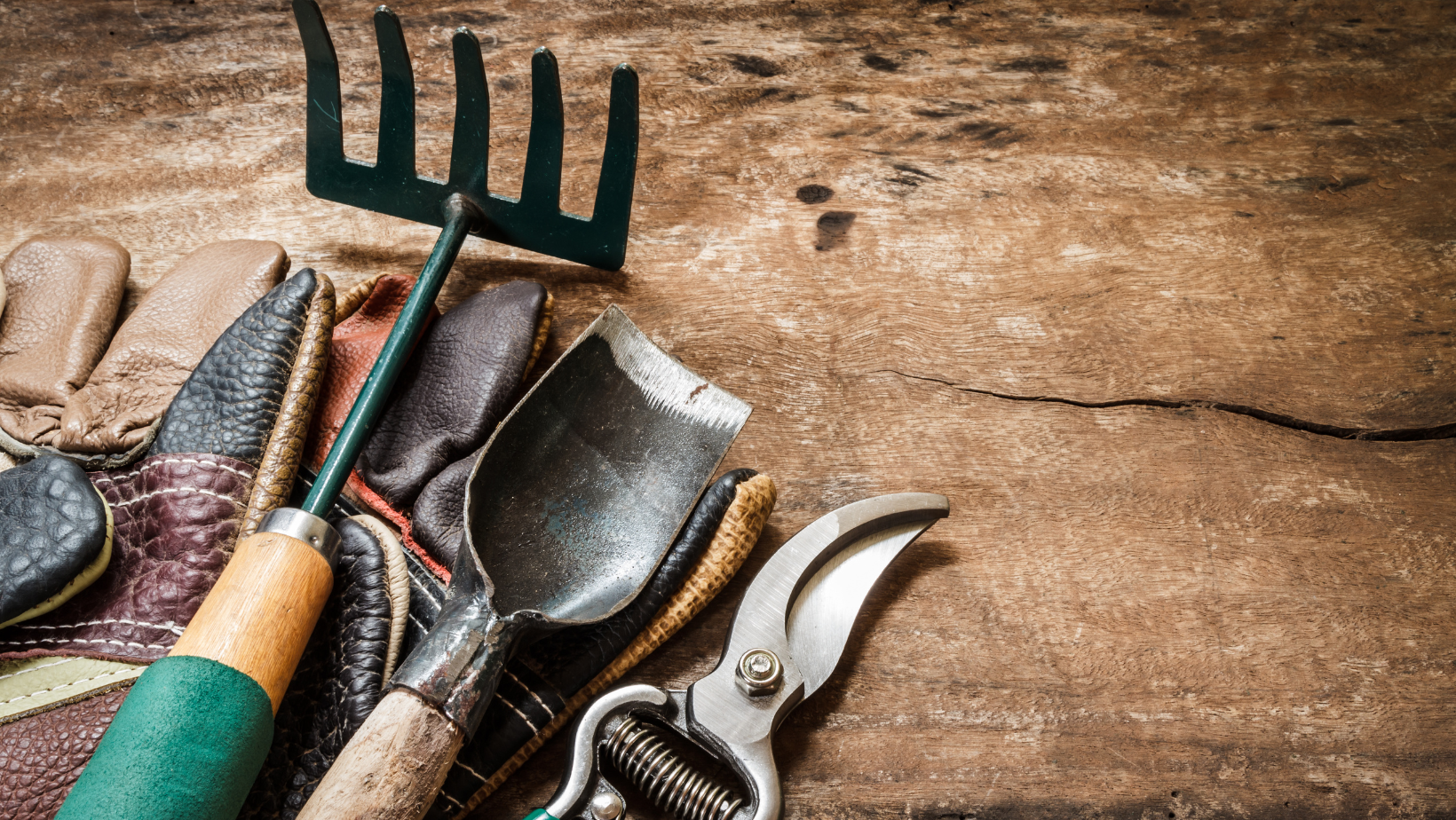Container gardening is an excellent way to grow plants in small spaces, such as balconies, patios, or urban environments. However, it comes with unique challenges that must be addressed to ensure healthy plant growth. This guide provides an in-depth look at the key aspects of container gardening, including selecting the right soil and plants, ensuring proper drainage, watering techniques, and fertilizing your plants for optimal health.
Soil and Planting for Container Gardens
Choosing the Right Soil
- Potting Mix, Topsoil, Native Soil, or Soil From Your Yard: For container gardening, you can use a high-quality potting mix rather than Topsoil, Native Soil, or Soil From Your Yard. Potting mixes are formulated to be lightweight, well-draining, and rich in organic matter, which is essential for healthy container plants. Topsoil, Native Soil, or Soil From Your Yard is often too dense and can lead to poor drainage and root suffocation in containers if used alone.
- Soilless Mixes: Many potting mixes are soilless, made from a combination of peat moss, coconut coir, perlite, and vermiculite. These materials ensure that the mix retains moisture while still draining well, which is critical for container-grown plants.
- Specialized Mixes: For specific plants like succulents, cacti, or orchids, you may need specialized potting mixes that provide the right balance of nutrients, aeration, and drainage.
- Combination of Potting Mix and Topsoil/Native Soil: A blend of potting mix and topsoil creates an effective medium for container gardening, combining the benefits of moisture retention and adequate drainage. This mix helps maintain the right balance of moisture while ensuring the roots have sufficient aeration.
Plant Selection
- Plant Compatibility: Choose plants that are well-suited to container growth. These should be plants with manageable root systems that won’t outgrow their containers too quickly. Compact varieties of vegetables, herbs, and flowers are often ideal for containers.
- Plant Grouping: When planting multiple plants in a single container, make sure they have similar sunlight, water, and nutrient requirements. For example, pair drought-tolerant plants together and avoid mixing sun-loving and shade-loving plants in the same container.

Drainage and Preventing Root Rot
Importance of Drainage
- Proper Drainage is Key: One of the most common problems in container gardening is poor drainage, which can lead to root rot, a condition where the plant’s roots are waterlogged and begin to decay. Containers must have drainage holes at the bottom to allow excess water to escape. Without adequate drainage, water accumulates at the base of the pot, depriving the roots of oxygen and promoting fungal growth.
Tips for Improving Drainage
- Use Containers with Drainage Holes: Always select containers with sufficient drainage holes. If the container you love doesn’t have any, drill a few holes in the bottom.
- Layering with Pebbles or Gravel: Place a thin layer of small pebbles or gravel at the bottom of the container to create space for excess water to collect. However, this is more of a last resort; it’s better to rely on well-draining soil and pots with holes.
- Elevate the Pot: To prevent water from pooling underneath the pot, use pot feet or place the container on a stand to allow for airflow beneath the pot and promote better drainage.
- Choose the Best Soil Mix: Ensure that you select the best soil mix suited to your plants’ needs to optimize growth and moisture retention.
Preventing Root Rot
- Avoid Overwatering: Root rot is usually caused by overwatering. Only water when the top inch or two of the soil mix feels dry to the touch. Ensure your plants are never sitting in standing water.
- Inspect Roots Regularly: If you suspect root rot, check the roots. Healthy roots are white and firm, while rotten roots are brown and mushy. If detected early, you can prune away the affected roots and replant the plant in fresh, dry soil.
Watering Container Gardens
Watering Frequency
- Monitor Regularly: Containers dry out more quickly than in-ground gardens due to increased exposure to the elements. Check the soil mix daily, especially during hot or windy weather, to determine if watering is needed.
- Watering Schedule: While plants in the ground may only need watering once or twice a week, containers often need daily watering during the peak growing season. However, the frequency depends on the plant type, soil mix, container size, and weather conditions.
Proper Watering Techniques
- Water Deeply: Water the plants thoroughly until water runs out of the drainage holes. This ensures that the water reaches the root zone and isn’t just wetting the top layer of soil.
- Avoid Watering from Above: When possible, water at the base of the plant rather than overhead. Wet foliage can promote fungal diseases, especially in humid conditions.
- Self-Watering Containers: Consider using self-watering containers, which have a reservoir at the bottom to hold water. These containers gradually release moisture into the soil as needed, reducing the frequency of watering and helping prevent water stress.
- Automatic Watering Systems: It is highly recommended to use an automatic watering system well-calibrated to your plants’ needs for consistent and efficient watering.

Fertilizing Container Gardens
Nutrient Depletion in Containers
- Why Fertilize? Plants in containers rely solely on the nutrients available in the potting mix. Over time, the nutrients are depleted as plants grow, and regular watering can also wash away vital nutrients. This makes fertilizing essential for container-grown plants.
Types of Fertilizers
- Slow-Release Fertilizer: A slow-release fertilizer mixed into the soil at planting time provides consistent nutrients over a longer period. These fertilizers break down gradually, delivering a steady supply of nutrients to the plants.
- Liquid Fertilizer: Liquid fertilizers are a great option for container plants because they provide an immediate nutrient boost. Apply liquid fertilizer every 2-4 weeks during the growing season for plants that require frequent feeding, like tomatoes or annual flowers.
- Organic Fertilizers: Organic options, such as compost tea, fish emulsion, or seaweed extract, improve both the soil and plant health by adding nutrients as well as beneficial microbes.
Fertilizing Schedule
- Initial Feeding: At the time of planting, mix in a balanced slow-release fertilizer or add organic compost to the potting mix.
- Ongoing Fertilization: Apply liquid fertilizers every 2-4 weeks, depending on the plant’s needs. Always follow the instructions on the fertilizer packaging to avoid over-fertilization, which can harm plants.
Conclusion
Container gardening offers flexibility and accessibility for those with limited space, but it requires careful attention to soil quality, drainage, watering, and fertilizing to ensure success. By choosing the right soil, ensuring proper drainage, watering appropriately, and providing consistent nutrients, you can create a thriving container garden that yields beautiful plants and abundant harvests.
Need Assistance? Contact Us at Green Hills Nursery
Container gardening requires proper care to keep your plants healthy and thriving. If you have questions about selecting the right containers, soil, or fertilizers for your garden, or need help with watering techniques, contact Green Hills Nursery. Bring in pictures of your container plants or samples in a resealable bag, and our experts can provide tailored advice to help you achieve the best results. We’re here to help you grow a successful container garden, no matter the size of your space!




